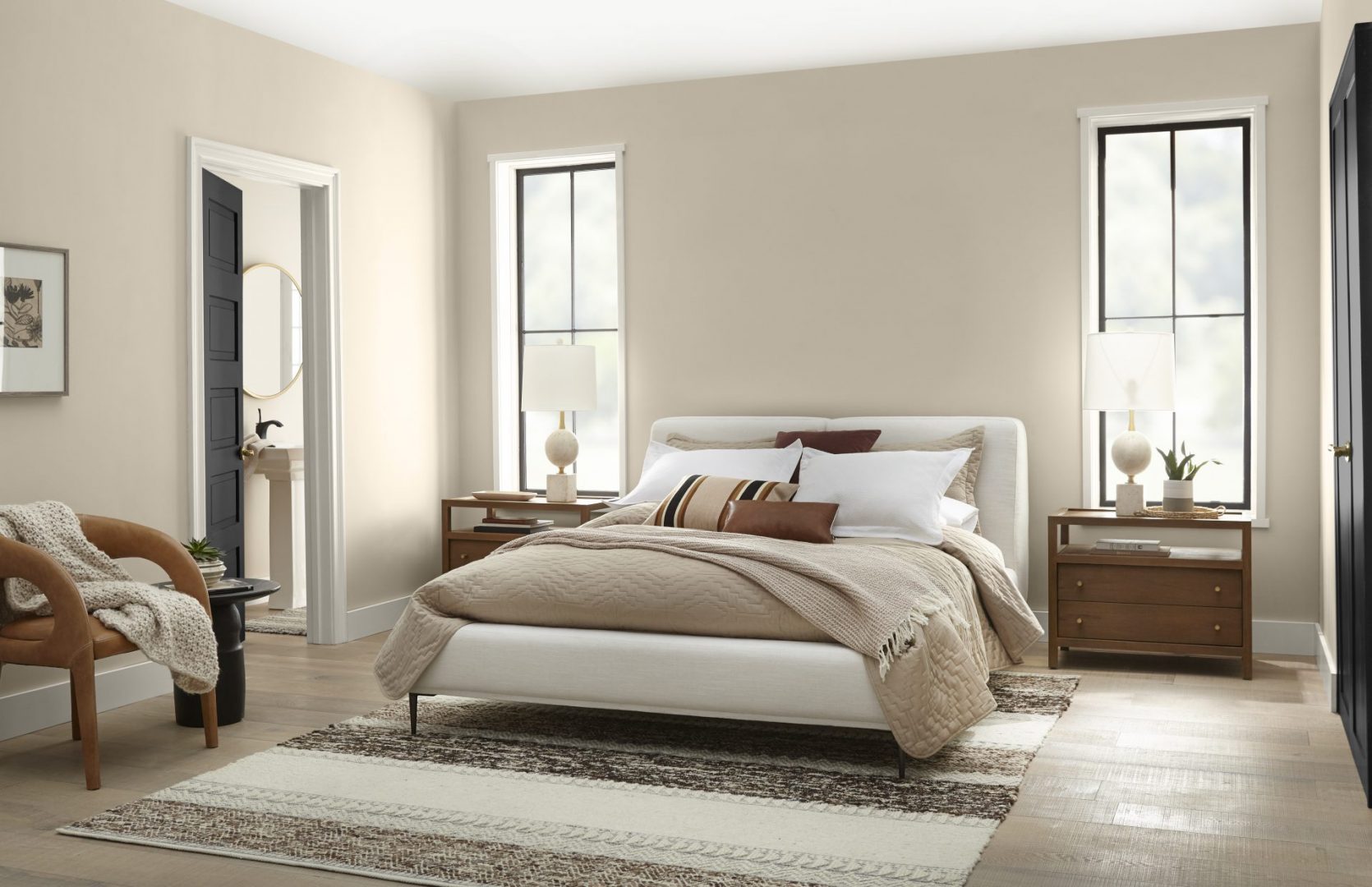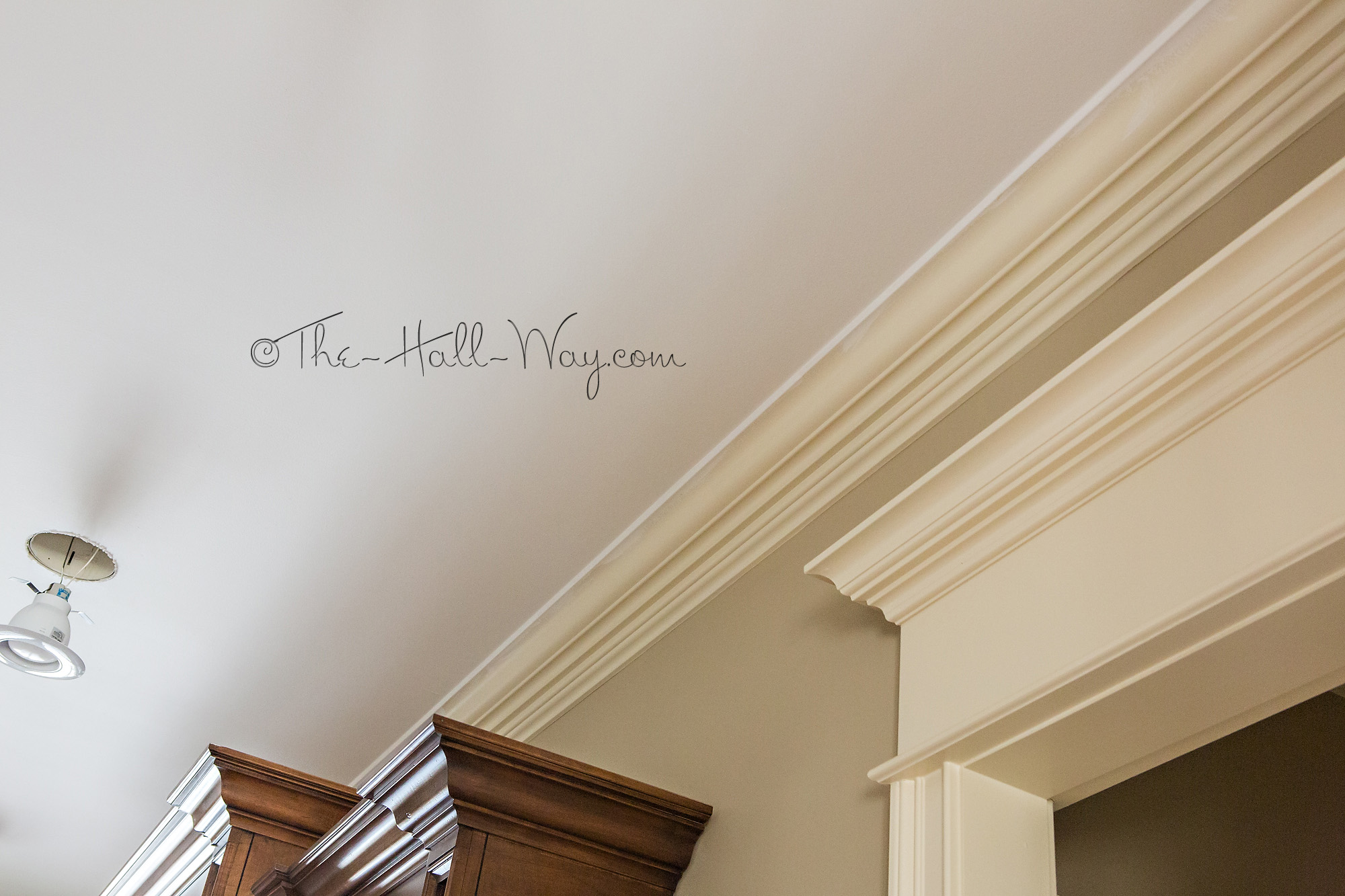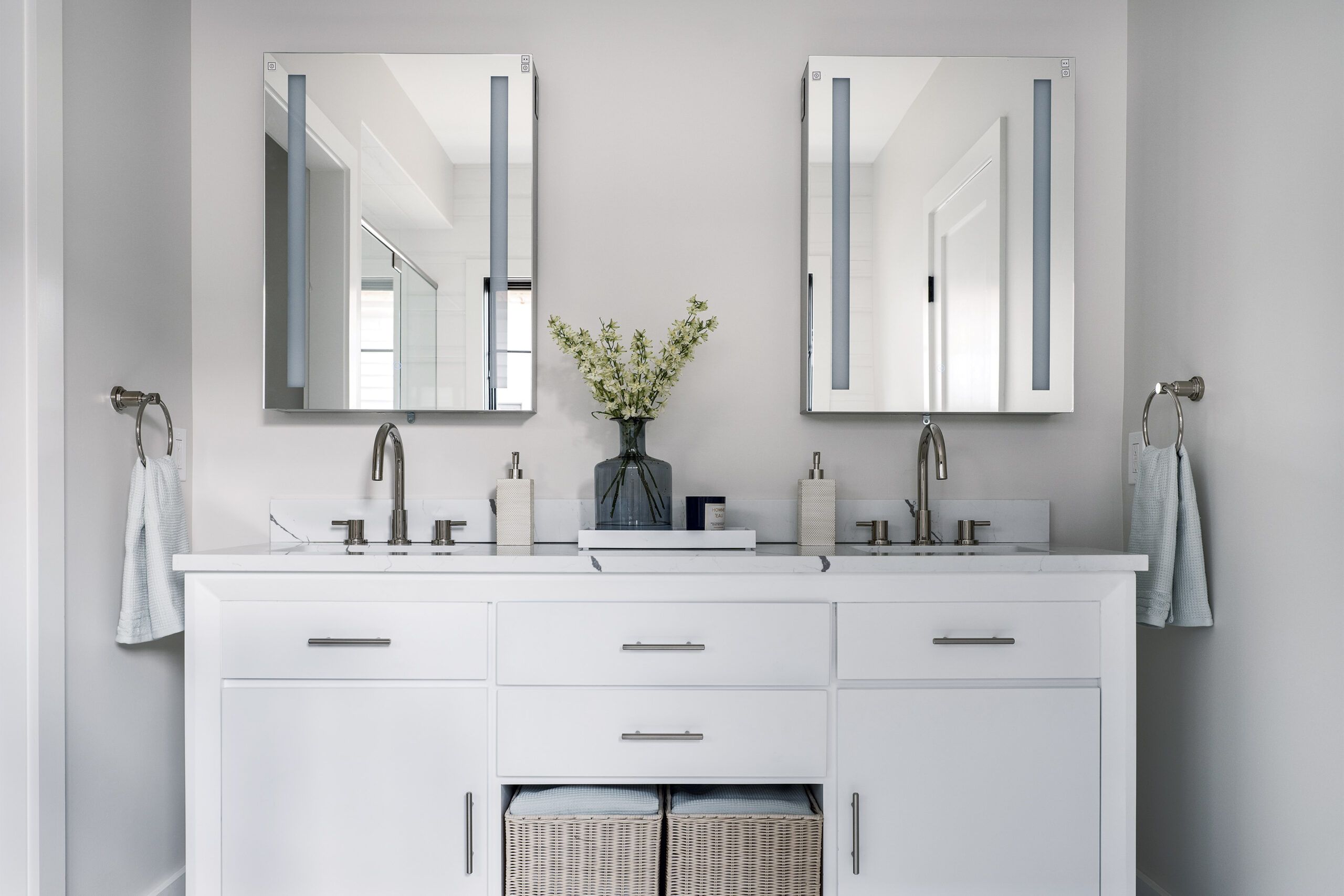Behr Bathroom Ceiling Paint

Bathrooms present unique challenges for painting due to their high moisture levels, humidity, and potential for mold growth. These factors can lead to paint peeling, cracking, and discoloration, compromising the aesthetic appeal and longevity of the paint job. Behr Bathroom Ceiling Paint is specifically formulated to address these challenges, offering a durable, mildew-resistant, and easy-to-clean solution for bathroom ceilings.
Types of Behr Bathroom Ceiling Paint
Behr Bathroom Ceiling Paint comes in various types, each offering unique characteristics and benefits tailored to different needs and preferences. Understanding the key differences between these types allows you to select the most suitable option for your bathroom ceiling.
- Behr Marquee Interior Eggshell Enamel: This paint offers a smooth, low-sheen finish that is durable and washable, making it suitable for high-traffic areas like bathrooms. It provides excellent mildew resistance and hides imperfections well.
- Behr Marquee Interior Satin Enamel: This paint provides a slightly glossier finish than the eggshell enamel, offering enhanced durability and washability. Its satin finish is more reflective than eggshell, making it a good choice for brightening up darker bathrooms.
- Behr Premium Plus Interior Flat: This paint offers a flat, matte finish that effectively hides imperfections and provides excellent mildew resistance. It is a good choice for bathrooms with minimal traffic, as it is less durable and washable than the enamel options.
- Behr Premium Plus Interior Eggshell: This paint provides a smooth, low-sheen finish that is durable and washable, making it a good choice for bathrooms with moderate traffic. It offers excellent mildew resistance and hides imperfections well.
Choosing the Right Behr Bathroom Ceiling Paint

Selecting the right Behr bathroom ceiling paint is crucial for achieving a durable and aesthetically pleasing finish. Factors such as bathroom size, ventilation, and frequency of use influence the type of paint needed. This guide provides insights into choosing the appropriate Behr bathroom ceiling paint based on specific bathroom conditions.
Determining the Required Paint Amount, Behr bathroom ceiling paint
Calculating the amount of paint needed for a bathroom ceiling involves determining the surface area and the number of coats required. The surface area is calculated by multiplying the length and width of the ceiling. The number of coats depends on the existing ceiling condition and the desired paint coverage.
To calculate the paint required, multiply the surface area of the ceiling by the number of coats. For example, a ceiling with a surface area of 100 square feet and requiring two coats will need 200 square feet of paint coverage.
Preparing the Bathroom Ceiling for Painting
Proper preparation is essential for achieving a smooth and long-lasting paint finish. This involves cleaning, patching, and sanding the ceiling surface.
- Cleaning: Remove dust, dirt, and cobwebs using a damp cloth or vacuum cleaner. For stubborn stains, use a mild detergent and water solution. Allow the ceiling to dry completely before proceeding.
- Patching: Fill cracks and holes with spackle or patching compound. Apply the compound using a putty knife, ensuring it is even with the surrounding surface. Allow the compound to dry completely before sanding.
- Sanding: Sand the patched areas and the entire ceiling surface to create a smooth and uniform texture. Use a fine-grit sandpaper for a smooth finish. Remove dust particles with a damp cloth before painting.
Applying Behr Bathroom Ceiling Paint

Applying Behr bathroom ceiling paint can be a straightforward process if you follow the right steps. A well-prepared surface, proper painting techniques, and careful attention to detail can lead to a beautiful, long-lasting finish. This guide will provide a step-by-step approach to ensure a professional-looking result.
Preparing the Surface
Before applying paint, thorough surface preparation is crucial. This involves removing any existing loose paint, dirt, grease, or mildew. A clean, dry surface will ensure optimal paint adhesion and a smooth, even finish.
- Remove Existing Paint: If there is peeling or flaking paint, use a scraper or paint remover to remove it completely.
- Clean the Surface: Use a mild detergent and water to clean the ceiling, removing any dirt, dust, or grease. Allow the ceiling to dry completely before proceeding.
- Repair Cracks and Holes: Use spackling compound or patching compound to fill any cracks or holes. Allow the compound to dry completely before sanding it smooth.
- Prime the Surface: Apply a primer specifically designed for bathroom ceilings. This will help the paint adhere better and provide a smoother, more even finish. Allow the primer to dry completely before painting.
Painting the Ceiling
Applying paint to the bathroom ceiling requires specific techniques to achieve a smooth, even finish. This section will discuss using brushes and rollers for different areas and techniques for achieving a professional look.
- Choose the Right Tools: For corners and edges, use an angled brush. For the majority of the ceiling, use a roller with a nap length appropriate for the texture of your ceiling. A longer nap will cover rougher surfaces, while a shorter nap is suitable for smoother surfaces.
- Apply the Paint: Start by painting the edges and corners with a brush, ensuring you have a smooth, even line. Then, use a roller to apply the paint to the rest of the ceiling, working in sections. Use long, smooth strokes, overlapping each stroke slightly to avoid streaks.
- Avoid Drips: To prevent drips, load the roller with a moderate amount of paint. Don’t overload it. If you do get drips, use a damp cloth to clean them up immediately.
- Achieve a Smooth Finish: To achieve a smooth, even finish, use a light touch and roll the paint in all directions. If you see any streaks or uneven coverage, go back over them with a roller. Allow the paint to dry completely before applying a second coat.
Troubleshooting Common Painting Issues
While applying Behr bathroom ceiling paint, you might encounter some common issues. This section will discuss some common issues and provide solutions to ensure a professional-looking finish.
- Drips: Drips can be caused by overloading the roller or applying the paint too quickly. To avoid drips, load the roller with a moderate amount of paint and apply it in long, smooth strokes. If drips occur, clean them up immediately with a damp cloth.
- Streaks: Streaks can be caused by not overlapping strokes enough or by using too much paint. To avoid streaks, overlap your strokes slightly and use a light touch. If you see streaks, go back over them with a roller.
- Uneven Coverage: Uneven coverage can be caused by not applying enough paint or by using a roller with the wrong nap length. To avoid uneven coverage, apply two thin coats of paint, allowing each coat to dry completely before applying the next. Use a roller with a nap length that is appropriate for the texture of your ceiling.
